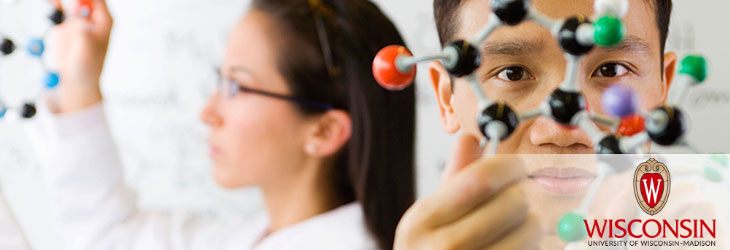Drug Discovery & Development

Improved Method to Produce Brain Microvascular Endothelial Cells for a Robust Human Blood-Brain Barrier Model
WARF: P100219US02
Inventors: Eric Shusta, Samira Azarin, Sean Palecek, Ethan Lippmann
The Wisconsin Alumni Research Foundation (WARF) is seeking commercial partners interested in developing a simple and efficient protocol for producing highly pure populations of brain microvascular endothelial cells (BMECs), which comprise the blood-brain barrier.
Overview
Although it is essential to healthy brain function, the blood-brain barrier (BBB) interferes with drug delivery, preventing more than 98 percent of small molecule pharmaceuticals and nearly 100 percent of protein and gene therapeutics from entering the brain from the bloodstream. This makes the treatment of brain disorders such as stroke, Alzheimer’s disease or brain tumors difficult.
Accurately reproducing the blood-brain barrier in an in vitro setting would help identify compounds capable of entering the brain; however, this has been a longstanding challenge. Several models have been established from primary animal sources, but a robust human model is needed for accurate screening and study. Current methods for creating an in vitro human BBB model require the independent isolation of multiple cell types, and the quality of these preparations varies.
UW–Madison researchers previously created a simpler, more reproducible BBB model using primary BMECs and neural progenitor cells. However, primary BMECs are difficult to isolate and grow reproducibly.
Accurately reproducing the blood-brain barrier in an in vitro setting would help identify compounds capable of entering the brain; however, this has been a longstanding challenge. Several models have been established from primary animal sources, but a robust human model is needed for accurate screening and study. Current methods for creating an in vitro human BBB model require the independent isolation of multiple cell types, and the quality of these preparations varies.
UW–Madison researchers previously created a simpler, more reproducible BBB model using primary BMECs and neural progenitor cells. However, primary BMECs are difficult to isolate and grow reproducibly.
The Invention
UW–Madison researchers have devised a novel method for reproducibly and efficiently growing human BMECs from human pluripotent stem cells (hPSCs), which include both induced pluripotent stem cells (IPSCs) and embryonic stem cells (ESCs). The BMECs have characteristic BBB properties, such as the expression of well-organized tight junctions and high transendothelial resistance. They can be used to create high-fidelity in vitro human BBB models.
The hPSCs are grown on a suitable matrix, such as Matrigel-coated plates, and subjected to an unconditioned medium. After several days, endothelial cell medium is added. Finally, other signals needed for further maturation of the BMECs are provided, and the cells are tested for BBB properties. Flow cytometry may be used to quantify cell development.
The hPSCs are grown on a suitable matrix, such as Matrigel-coated plates, and subjected to an unconditioned medium. After several days, endothelial cell medium is added. Finally, other signals needed for further maturation of the BMECs are provided, and the cells are tested for BBB properties. Flow cytometry may be used to quantify cell development.
Applications
- Screening for compounds capable of crossing the BBB for treatment of brain disorders
- Identifying compounds for treatment of other diseases that have the potential to cross the BBB and cause brain toxicity
- Researching brain function
Key Benefits
- Provides highly pure (nearly 100 percent) populations of BMECs
- BMECs exhibit a hallmark of the BBB, the high transendothelial resistance generated by the interaction of tight junction proteins between adjacent BMECs.
- Does not require the formation of embryoid bodies or somatic feeder layers
Additional Information
For More Information About the Inventors
Publications
- Lippmann E.S., Azarin S.M., Kay J.E., Nessler R.A., Wilson H.K., Al-Ahmad A., Palecek S.P. and Shusta E.V. 2012. Derivation of Blood-Brain Barrier Endothelial Cells from Human Pluripotent Stem Cells. Nat. Biotechnol. 30, 783-791.
Tech Fields
For current licensing status, please contact Jennifer Gottwald at [javascript protected email address] or 608-960-9854